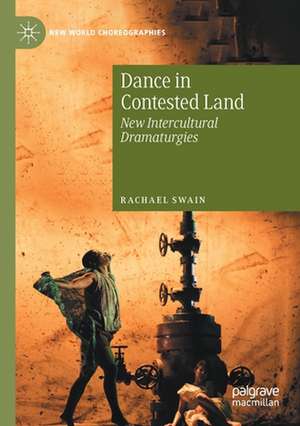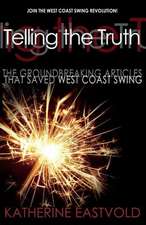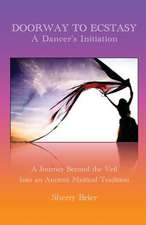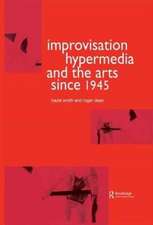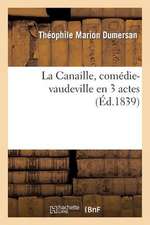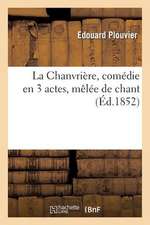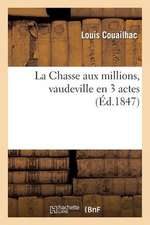Dance in Contested Land: New Intercultural Dramaturgies: New World Choreographies
Autor Rachael Swainen Limba Engleză Paperback – noi 2021
| Toate formatele și edițiile | Preț | Express |
|---|---|---|
| Paperback (1) | 690.62 lei 6-8 săpt. | |
| Springer International Publishing – noi 2021 | 690.62 lei 6-8 săpt. | |
| Hardback (1) | 695.19 lei 6-8 săpt. | |
| Springer International Publishing – 31 oct 2020 | 695.19 lei 6-8 săpt. |
Preț: 690.62 lei
Preț vechi: 812.49 lei
-15% Nou
Puncte Express: 1036
Preț estimativ în valută:
132.17€ • 143.51$ • 111.02£
132.17€ • 143.51$ • 111.02£
Carte tipărită la comandă
Livrare economică 23 aprilie-07 mai
Preluare comenzi: 021 569.72.76
Specificații
ISBN-13: 9783030465537
ISBN-10: 3030465535
Pagini: 157
Ilustrații: XXV, 157 p. 1 illus.
Dimensiuni: 148 x 210 x 19 mm
Greutate: 0.25 kg
Ediția:1st ed. 2020
Editura: Springer International Publishing
Colecția Palgrave Macmillan
Seria New World Choreographies
Locul publicării:Cham, Switzerland
ISBN-10: 3030465535
Pagini: 157
Ilustrații: XXV, 157 p. 1 illus.
Dimensiuni: 148 x 210 x 19 mm
Greutate: 0.25 kg
Ediția:1st ed. 2020
Editura: Springer International Publishing
Colecția Palgrave Macmillan
Seria New World Choreographies
Locul publicării:Cham, Switzerland
Cuprins
1. Chapter One: Introduction.- 2. Chapter Two: The Dramaturgies of Listening to Country.- 3. Chapter Three: Gudirr Gudirr—Culturally Situated Neo-Expressionism.- 4. Chapter Four: Cut the Sky—Dramaturgies to disrupt the Anthropocene.
Recenzii
“Swain’s book will undoubtedly make a robust and timely scholarly contribution. It is because I myself write from the perspective of an immigrant to Australia, and in many ways as an outsider … .” (Australasian Drama Studies, Vol. 77, October, 2020)
Notă biografică
Rachael Swain is a settler director, dramaturg, and researcher of intercultural and trans-disciplinary dance and performance. She was born on the lands of the Ngāi Tahu in Aotearoa/New Zealand and works between the lands of the Gadigal in Sydney and the lands of the Yawuru in Broome, Australia. Rachael is co-artistic director of Marrugeku with Yawuru/Bardi dancer and choreographer Dalisa Pigram.
Textul de pe ultima copertă
This book traces an engagement between intercultural dance company Marrugeku and unceded lands of the Yawuru, Bunuba, and Nyikina in the north west of Australia. In the face of colonial legacies and extractive capitalism, it examines how Indigenous ontologies bring ecological thought to dance through an entangled web of attachments to people, species, geologies, political histories, and land. Following choreographic interactions across the multiple subject positions of Indigenous, settler, and European artists during a period of intense choreographic development for the company between 2012–2016 the book closely examines projects such as Yawuru/Bardi dancer and choreographer Dalisa Pigram’s solo Gudirr Gudirr (2013) and the multimedia work Cut the Sky (2015). Dance in Contested Land reveals how emergent intercultural dramaturgies can mediate dance and land to revision and reorientate kinetics, emotion, and responsibilities through sites of Indigenous resurgence and experimentation.
Caracteristici
Demonstrates new dramaturgies born of making, performing and witnessing dance in the contested lands of First Peoples Contextualises Indigenous-intercultural dance practice within debates on Indigenous recognition and the uneasy challenges of reconciliation Highlights the ways Indigenous choreographic resurgence in contested sites can produce neo-expressive choreopolitical dance theatre
